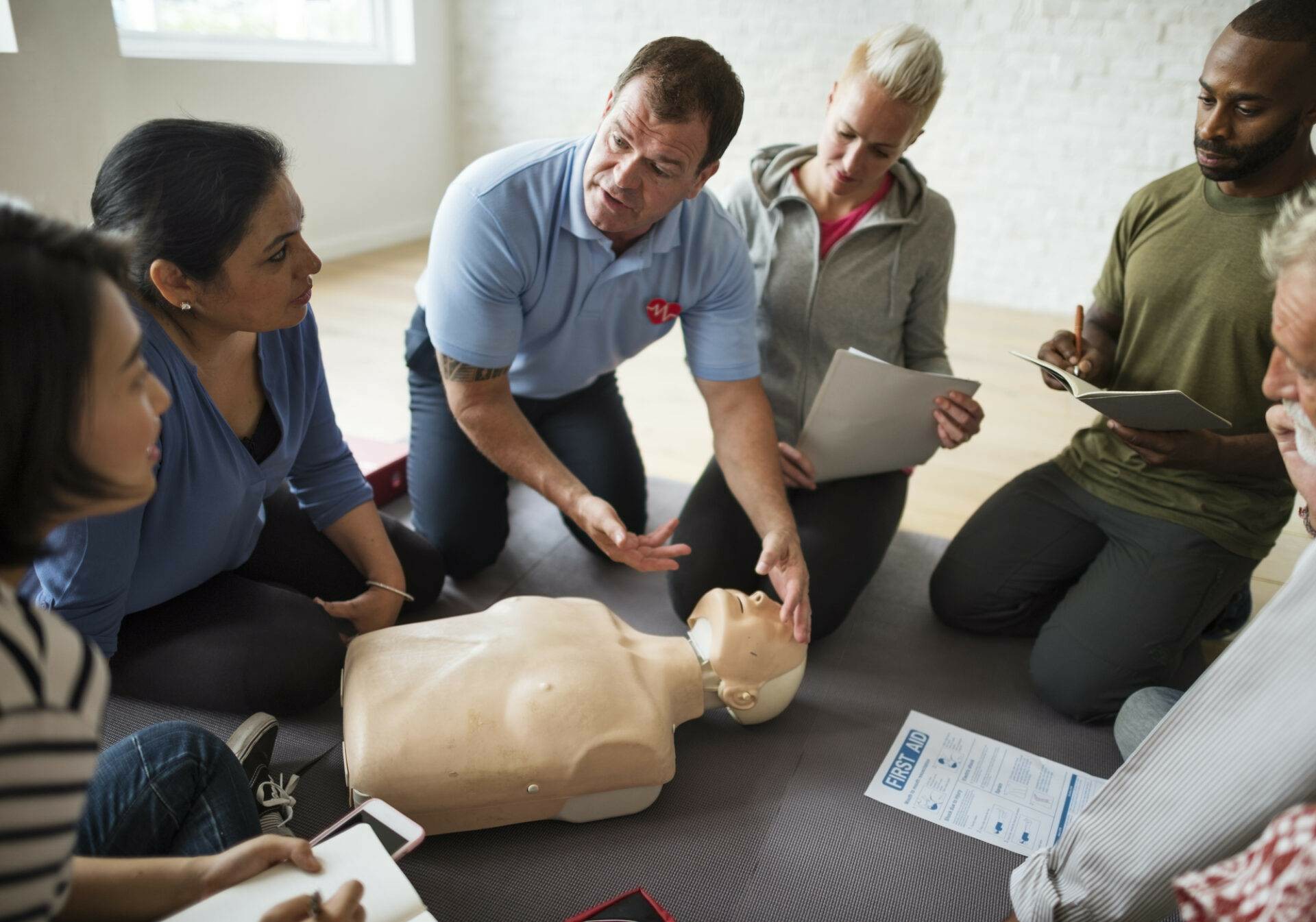Empowering Your Workplace: The Essential Guide to First Aid and CPR Training
In any workplace, ensuring the safety and wellbeing of employees is paramount. Whether you run a small office or a large industrial facility, having trained personnel ready to respond to medical emergencies is crucial for minimizing risks and enhancing workplace safety. This blog post delves into the vital importance of First Aid and CPR training, the benefits it brings, and how it can help your organization comply with health regulations.
The Importance of First Aid & CPR Training in the Workplace
Emergencies can strike at any moment, and being unprepared can lead to severe consequences. First Aid and CPR training equips employees with the knowledge and skills necessary to respond effectively in emergencies, providing immediate care that can make a significant difference in the outcome of an incident. Training programs, such as comprehensive First Aid courses, cover essential topics like:
- Choking response
- CPR techniques
- Wound care and bleeding control
- Managing shock
- Recognizing signs of heart attacks and strokes
Key Benefits of First Aid Certification for Employers and Employees
Implementing First Aid training in your workplace not only protects employees but also benefits the organization in several ways:
- Enhanced Safety and Preparedness: Employees trained in First Aid are more likely to respond quickly and effectively during a medical emergency, increasing overall safety.
- Reduced Injury Risks: Regular training helps in recognizing potential hazards and implementing preventive measures, ultimately reducing workplace injuries.
- Boosted Employee Confidence: Knowing First Aid and CPR significantly empowers employees, enhancing their confidence in managing emergencies. This can lead to a more proactive safety culture.
- Compliance with Regulations: Many health and safety regulations require organizations to have trained First Aid personnel on site. Fulfilling these requirements helps avoid legal penalties.
- Improved Company Reputation: A commitment to safety and employee wellbeing reflects positively on your organization, enhancing your reputation among clients and stakeholders.
Vital CPR Skills: Techniques Every Workplace Needs
Cardiopulmonary resuscitation (CPR) is an essential lifesaving technique that can significantly impact the survival of a cardiac arrest victim. Here are some CPR best practices that every workplace should focus on during training:
- Chest Compressions: Use the heel of your hand to push down hard and fast in the center of the chest, allowing the chest to recoil between compressions.
- Rescue Breaths: After every 30 compressions, provide two rescue breaths, sealing your lips around the person’s mouth and delivering the breaths effectively.
- Defibrillation: Always call for emergency help and use an Automated External Defibrillator (AED) if available. Knowing how to use an AED can greatly increase the chances of survival.
Meeting Workplace Health and Safety Regulations through First Aid Compliance
Workplace health and safety regulations are in place to protect employees. Knowing these requirements is essential for businesses to remain compliant and avoid penalties. Some common regulations include:
- Having a Designated First Aid Officer: Depending on employee numbers, organizations may be required to appoint a qualified First Aid officer.
- First Aid Kits: Employers must ensure that a well-stocked first aid kit is accessible and that employees are aware of its location.
- Training Frequency: Regular refresher courses for First Aid and CPR certification help maintain skills and knowledge.
Practical Emergency First Aid Procedures for Immediate Response
During an emergency, the effectiveness of response protocols can vary greatly. It’s imperative that all trained employees are familiar with emergency procedures specific to your workplace. Here are some practical tips:
- Stay Calm: In an emergency, staying calm is key. It helps the responder think clearly and act efficiently.
- Assess the Situation: Check the environment for safety before approaching the victim. Look for potential hazards.
- Call for Help: Ensure that emergency services are contacted, providing them with accurate details about the incident.
- Provide First Aid: Based on your training, administer appropriate first aid until professional help arrives.
How to Select the Best First Aid Training for Your Team
With numerous options available, selecting a suitable First Aid course can be daunting. Here’s how to find the right training:
- Type of Training: Consider whether your team would benefit more from in-person classes or online First Aid courses.
- Certification: Ensure the training program provides recognized First Aid certification that meets regulations.
- Instructor Qualifications: Verify the qualifications and experience of the instructors providing the training.
- Course Content: Review the course syllabus to ensure it covers all necessary emergency response skills.
Online vs. In-Person First Aid Training: Pros and Cons
When deciding which format to choose for First Aid training, consider the following:
Online First Aid Courses
- Pros:
- Flexible scheduling allows employees to learn at their own pace.
- Easier access for remote workers or those with busy schedules.
- Cons:
- Less hands-on practice may hinder the retention of skills.
- Potential lack of immediate feedback from instructors.
In-Person Training
- Pros:
- Hands-on training for skills like CPR and wound care enhances learning.
- Immediate feedback and interaction with instructors improve comprehension.
- Cons:
- Requires scheduling and may necessitate travel.
- Less flexibility in pacing the material.
Conclusion
Investing in First Aid and CPR training is an investment in your workplace's safety, efficiency, and compliance. Empowering your employees with essential emergency response skills not only mitigates risk but also fosters a culture of safety and preparedness. Don’t wait until an emergency occurs—take proactive steps today.
Ready to enhance your workplace safety? Enroll in our certified First Aid & CPR training course and ensure your team is prepared for any situation. For more information, contact us at [email protected].



 349,500 Offered Certificates
349,500 Offered Certificates
 24/7 Online Training
24/7 Online Training
 Money Back Guarantee
Money Back Guarantee
 Fully Accredited Courses
Fully Accredited Courses
